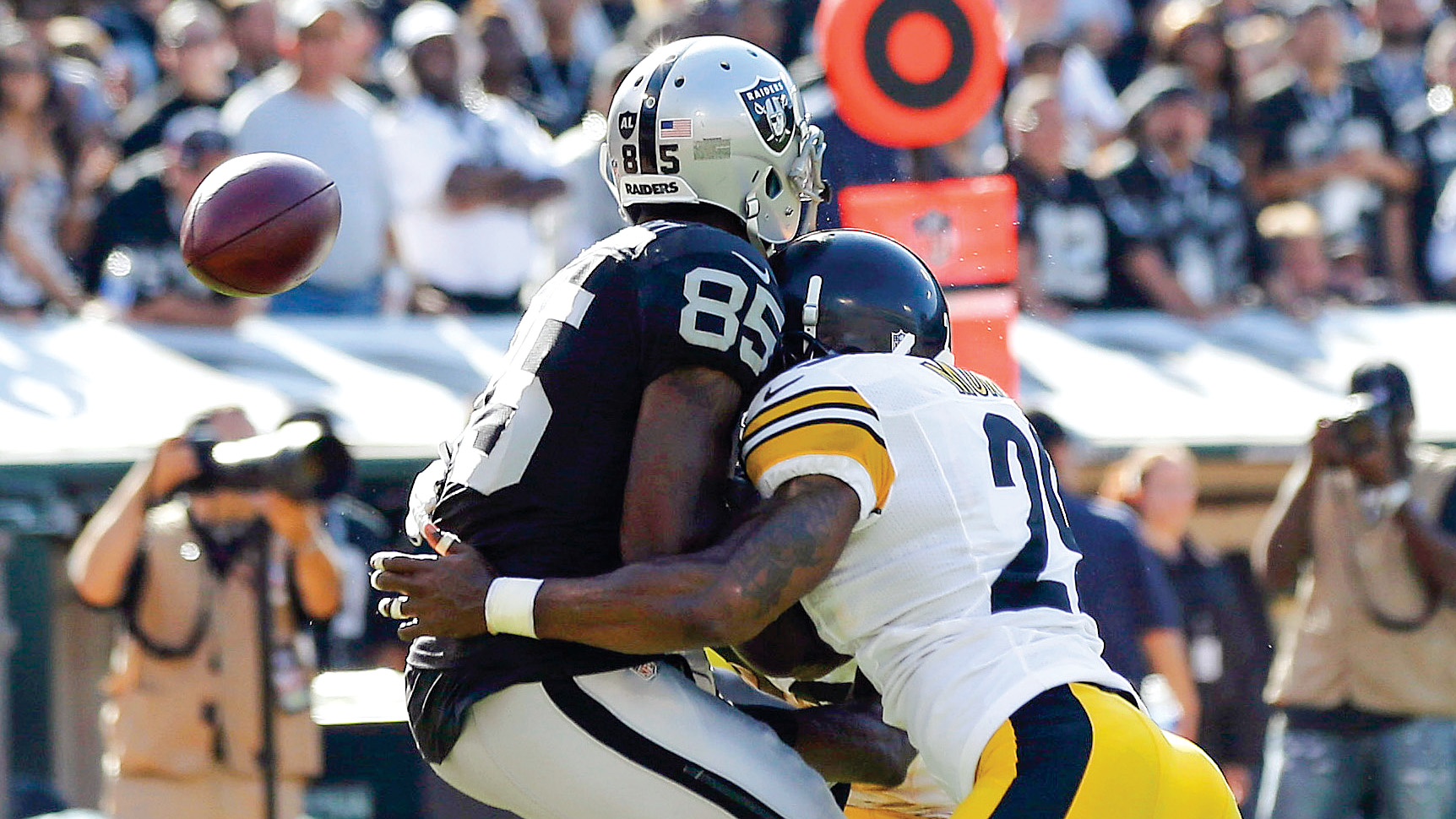The NFL understands that we’re quite willing to let athletes be hurt for our amusement
Reading the book League of Denial, and watching the documentary of the same name, it’s easy to convince yourself that the Big Tobacco moment for the NFL is at hand.
The message contained in the superb reporting of brothers Mark Fainaru-Wada and Steve Fainaru is crystal clear: Here is a massively successful sports entertainment business that ignored medical and anecdotal evidence of how its core product damaged human beings, how it broke them, how it left them to lead diminished, shortened lives.
Not only ignored, but also dodged and deferred and suppressed and defamed and did everything possible to mislead its players and its consumer base, understanding the potential legal and financial ramifications of acknowledging that football causes brain injuries.
The story has good guys (brave researchers who refuse to be intimidated) and bad guys (shifty-eyed team doctors, complicit commissioners) drawn broadly enough to be cartoon characters. And it also has pathos aplenty in the tales of those supermen of Sunday afternoon losing their minds, dying young (sometimes by their own hand), reduced finally to a lifeless brain floating in a jar of formaldehyde.
Reading, watching, it makes you feel morally bankrupt at ever having been thrilled by a big hit. It makes all of those slow-motion NFL Films paeans to on-field violence seem a little too close for comfort to the work of Leni Riefenstahl.
Football hurts people, some of them beyond repair. The NFL did its best to suppress that truth, and has betrayed some of those who quite literally gave their lives for the game.
But even if the larger public were to fully embrace that belief (and the truth is, you shouldn’t be treated like a climate change denier if you point out that the existing research is incomplete by accepted scientific standards, that the sample size is small and self-selected, that making absolute causal links to all of the various mental health issues suffered by former players, let alone suicide, is a leap), would that really be the end of the sport as we know it?
Is this the tipping point, like the cigarette industry’s tipping point in the 1960s?
Probably not.
Smoking became socially marginalized because of the realization that it could kill you, kill your family, kill your friends. It had direct, personal consequences. The individual right to that form of recreation and its acceptability became secondary to the damage done. That meant not only quitting for reasons of self-preservation, but restricting where others could spread their toxic smoke—not for their own good, but for ours.
Football hurts people, but they’re other people. And the truth is, historically, culturally, we are quite willing to let other people be hurt for our amusement. Boxing, mixed martial arts, football, hockey fights—there are occasional and predictable moral panics, but always it’s back to business as usual.
It may be that fathers and mothers will become reluctant to let their children play the game, just as some fathers and mothers have become gun-shy about minor hockey. Liability issues could threaten the high-school sport. Eventually, the grassroots might start to atrophy and die.
But it’s hard to imagine that, in the kinds of places where most American football players actually come from, the Friday-night lights will ever be turned off, or that the allure of the stardom and wealth (or at the very least, a subsidized college education) available through the country’s true national pastime will ever be significantly diminished.
So there will still be players. There will still be people to watch them. And when one of those helmet-clad warriors is laid out, it will seem more video game than real; when he’s taken off the field on a cart and flips the crowd a thumbs-up, everyone will smile and admire his indomitable human spirit and then get back to the game. (An aside: One of the most powerful images of the past year was provided by baseball, when Jose Reyes slid awkwardly into second base and tore his ankle to shreds, the first real sign that the Toronto Blue Jays’ season would be no fairy tale. On television, in close-up, you could see him shedding tears, and for a second you had a clue of what it really meant for an athlete to be “hurt.”)
Roger Goodell and his predecessor Paul Tagliabue understand that if you keep pushing back the bad news, if you keep blurring the connection to those shattered and dead men, attention will quickly return to the field, to the action, to the playoffs, to the Super Bowl.
Betting against that, you’d get terrific odds if you put your money on “conscience.”
This story originally appeared in Sportsnet magazine. Subscribe here.


